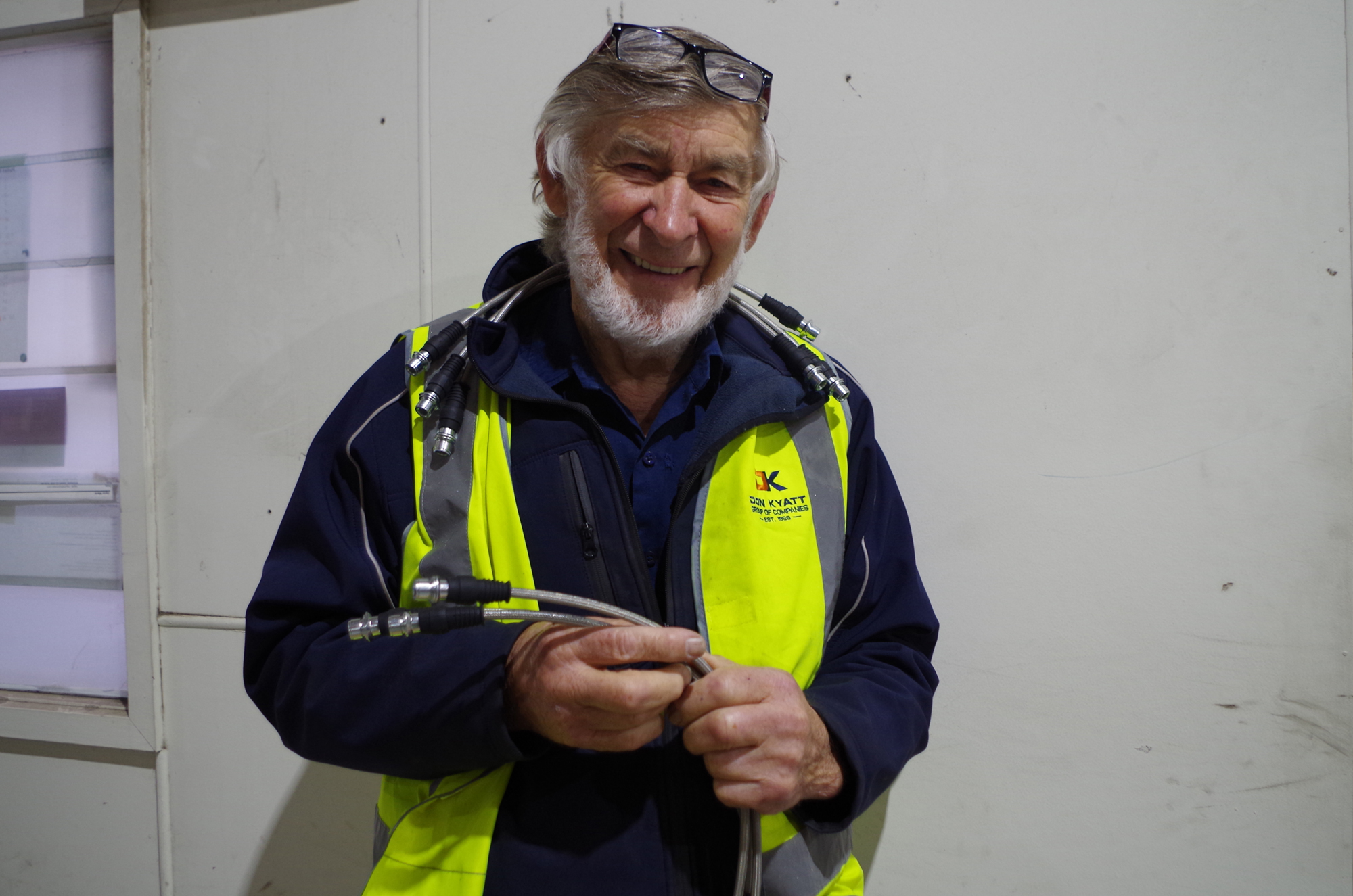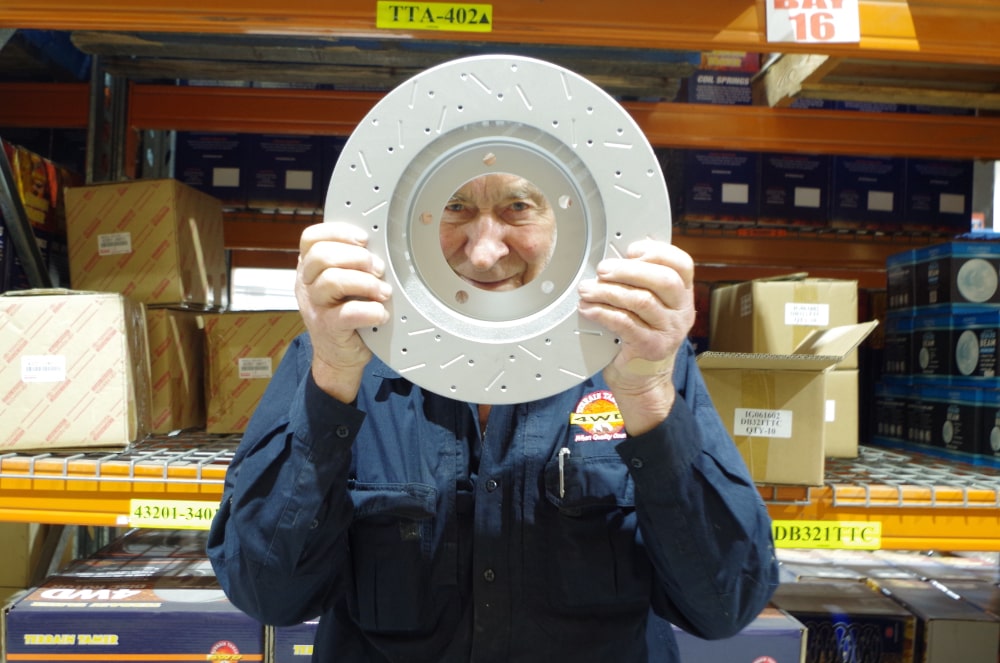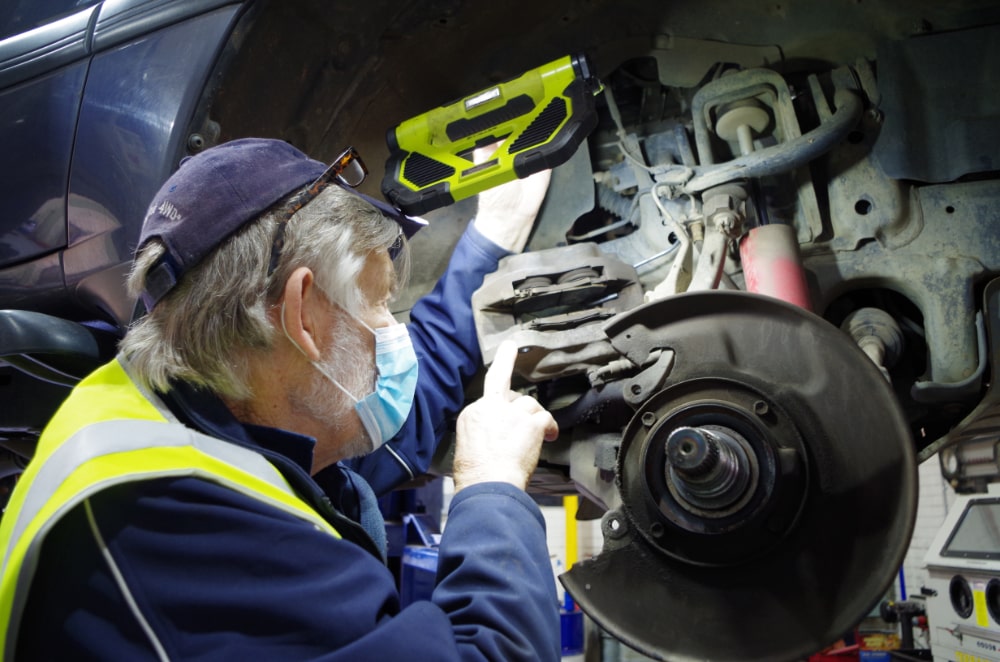Brake experts agree that almost all brake disc problems are initiated during fitting. The idea that just bolting on a new set of discs refit the callipers, pads and wheels a quick road-test and jobs done is careless and may be dangerous. Brake disc manufactures are adamant that much more care must be taken now than in the past due to the hi-tech material and heat treatment now used in the manufacture of their products. They all agree that disc thickness variation is usually initiated during assembly, firstly with contamination of mounting surfaces and later by using an impact tool to tighten wheel nuts. Manufactures are insistent that tightening of wheel nuts should be carried out with a wheel brace first and finally with a tension wrench.
Thickness variation developing down the track is caused by disc run-out at assembly. It follows that disc runout checking would only be accurate if checked in its operating situation. (Attached firmly to its hub spindle by either the wheel itself or the wheel nuts). To eliminate disc problems every rotor must be checked with a good quality dial indicator, otherwise we are not being serious about brake overhauls. A maximum reading of :05 ensures that the disc will run true and the main cause of brake pedal fluctuations will be eliminated.
A.G. Investigator for TT






